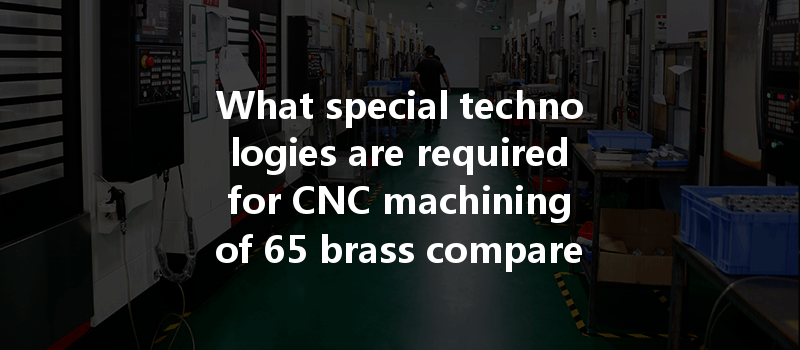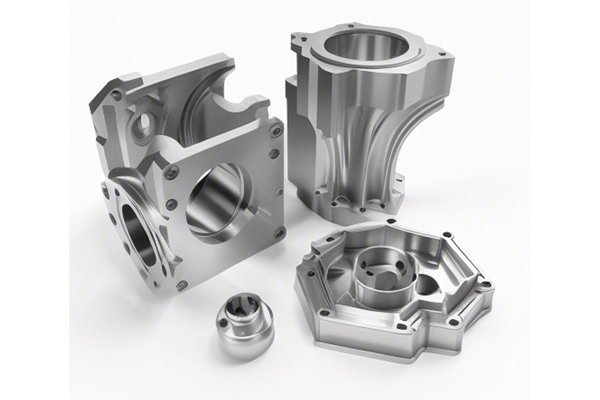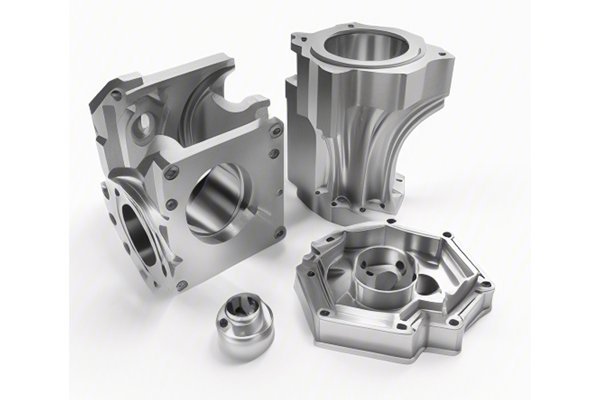*
Did you know that brass, specifically 65 brass, has a unique combination of properties that make it one of the most desirable materials for various precision applications, from plumbing fixtures to musical instruments? This copper-zinc alloy, with a composition of approximately 65% copper and 35% zinc, boasts excellent machinability, corrosion resistance, and aesthetic appeal. However, machining 65 brass presents its own set of challenges. So, what does it take to successfully machine this versatile material? This blog will delve deep into the technologies, techniques, and considerations necessary for effective CNC machining of 65 brass, ensuring you have the knowledge and tools needed to achieve exceptional results.
—
Demystifying 65 Brass
Before we dive into CNC machining specifics, let’s take a moment to understand what 65 brass is and why it’s important. Brass alloys are categorized by their copper content, influencing properties like strength, corrosion resistance, and machinability. 65 brass, in particular, stands out for its:
These characteristics make it essential for various applications, yet when it comes to machining, challenges like tool wear and the potential for chip formation can create hurdles. Let’s explore how advanced technologies can help overcome these issues.
Understanding CNC Machining and Its Relevance to 65 Brass
CNC (Computer Numerical Control) machining has revolutionized the manufacturing sector. It allows for high precision, repeatability, and the ability to create complex parts efficiently. The question then arises: how can CNC machining be tailored specifically for 65 brass?
Understanding the material properties of 65 brass is pivotal. It features a lower strength than steels, meaning it can be machined at higher speeds with less force, but it’s vital to choose the right cutting parameters.
The machinery and tool types used in CNC machining significantly impact the operation’s overall success.
Properly configuring your CNC settings is crucial. Factors such as spindle speed, feed rate, and cutting depth need to be adjusted according to the tool and the desired finish. Higher speeds reduce friction and minimize heat, necessary for brass.
Advanced Techniques for CNC Machining 65 Brass
Here we introduce specialized CNC technologies and methods tailored for effectively machining 65 brass:
Using advanced CAD/CAM software to design adaptive toolpaths enhances efficiency and reduces waste. Techniques like trochoidal milling reduce the risk of deformation by minimizing the cutting load on the tool.
CNC machining often generates significant heat. Utilizing the right coolant not only lubricates but also helps maintain the integrity of both the tool and the brass. Water-soluble coolants are often favored, as they aid in both cooling and chip removal.
Properly securing tools in a CNC machine can drastically improve accuracy. Tool holders with high rigidity reduce cutting vibrations, leading to a smoother finish.
Incorporating IOT and automation can bring real-time feedback to your machining process. Sensors can monitor tools for wear and adjust settings on-the-fly, maximizing efficiency.
CNC Machining Process for 65 Brass: A Step-by-Step Guide
Here is a comprehensive breakdown of a CNC machining process tailored specifically for 65 brass:

Addressing Common Challenges in CNC Machining of 65 Brass
Though 65 brass presents opportunities, there are notable challenges which we must address:
Due to its abrasive nature, brass can cause accelerated tool wear. This can be mitigated through:
Poor chip removal can lead to part defects. Implementing:
Monitoring temperature variations during machining is essential as it can lead to dimensional changes. Solutions include:
Market Trends and Future Directions
With the increased use of automation and smart manufacturing, the techniques for machining 65 brass will only become more sophisticated. Key trends to watch include:
Tools that simulate machining processes in a virtual environment before the actual operation can save materials and time.
As the industry pivots towards sustainable practices, the recycling and waste management of brass will play a significant role.
Artificial Intelligence can optimize processes for efficiency and predict maintenance requirements, prolonging machine life and reducing downtime.
CNC machining of 65 brass requires a nuanced approach that considers material properties, tool selection, and cutting parameters. By leveraging specialized techniques and technologies, manufacturers can overcome challenges associated with machining this alloy while achieving precise, high-quality results.
Understanding the mechanics behind CNC machining, including the complexities of working with materials like 65 brass, is more than just a technical endeavor — it’s fundamental to producing parts that meet rigorous industry standards and consumer expectations.
As you reflect on the intricacies discussed in this guide, remember that investing in the right technology and fostering innovation in your machining processes not only enhances product quality but also positions your business for sustained success in a competitive market. The importance of mastering CNC machining for unique materials like 65 brass can not be overstated, as it’s a crucial component of modern manufacturing’s efficiency and effectiveness.
Take time to optimize your practices and explore new technologies, and watch as your machining capabilities soar to new heights!






